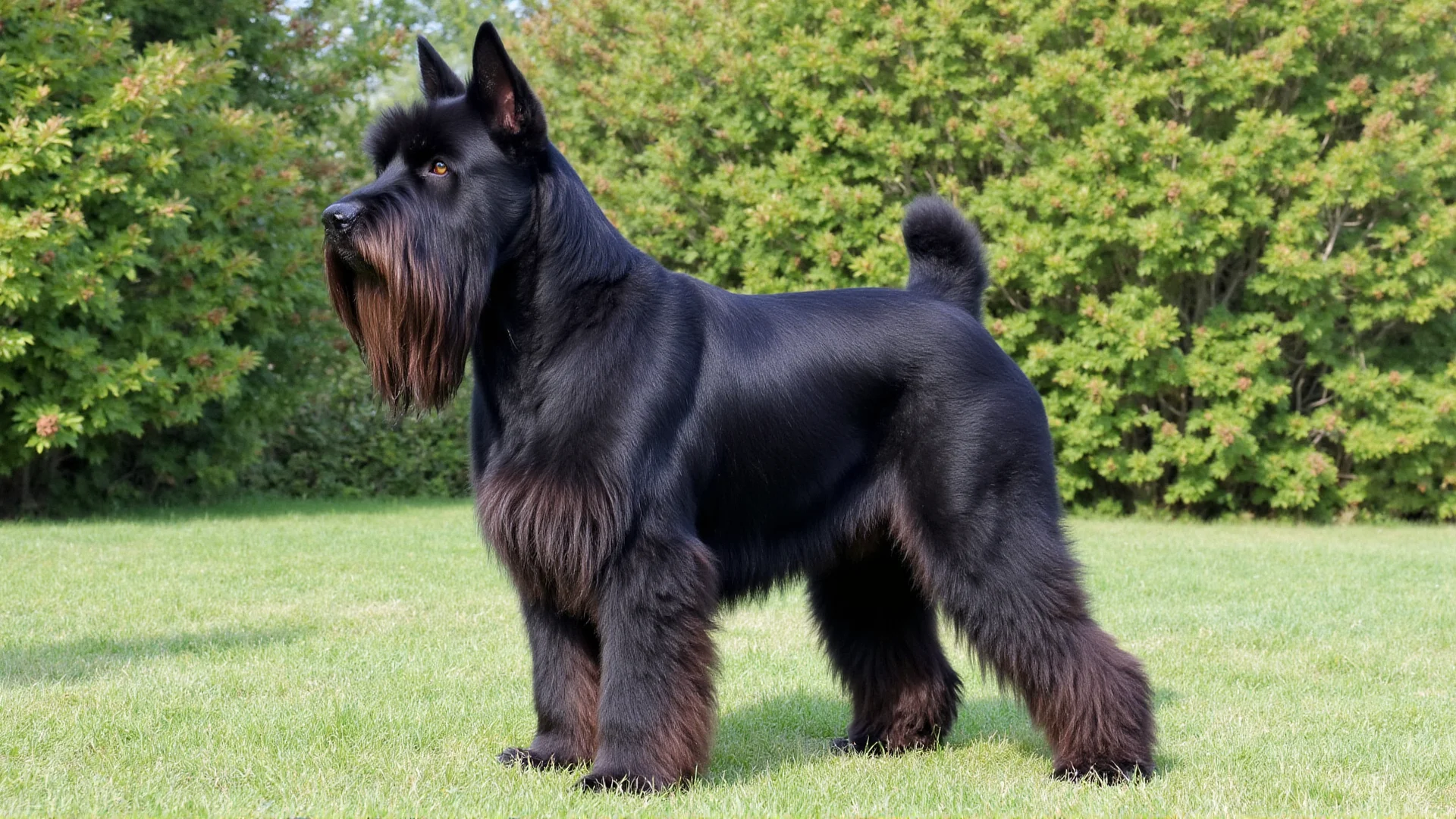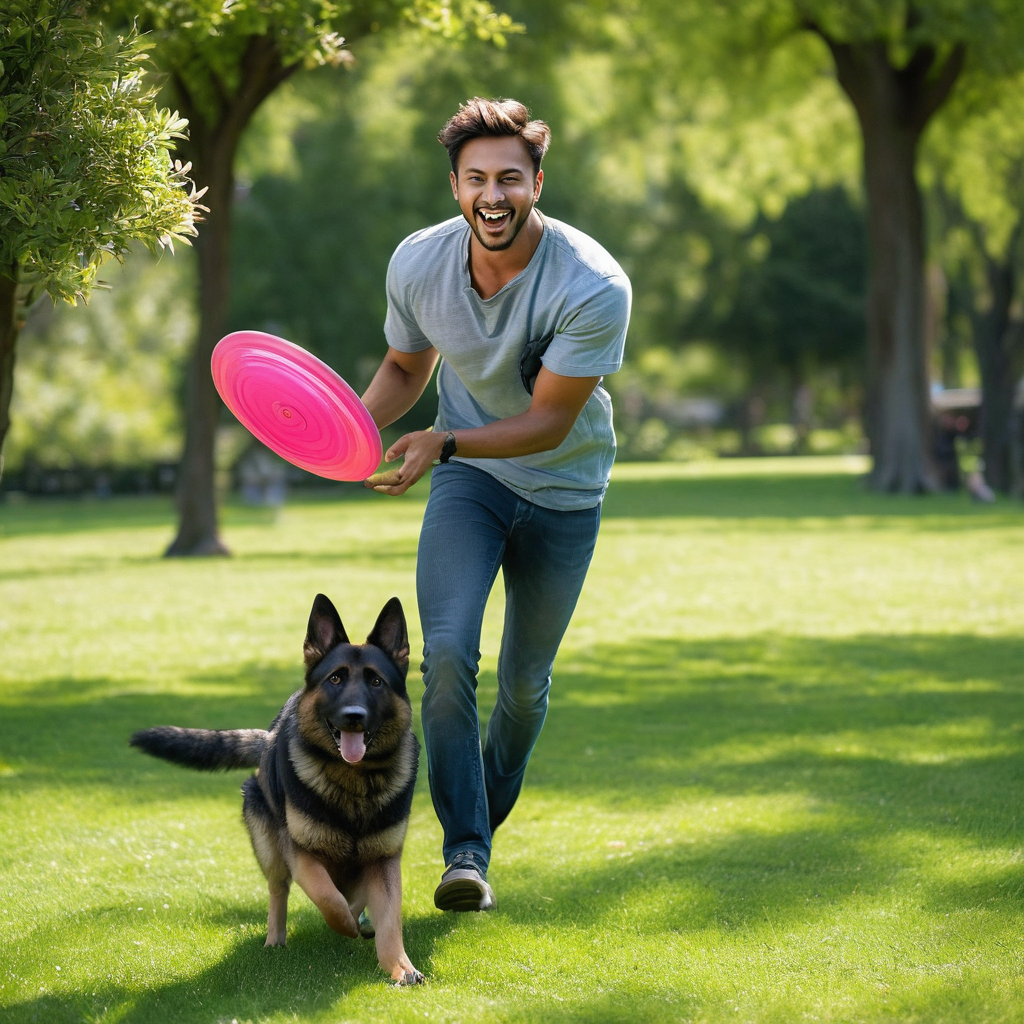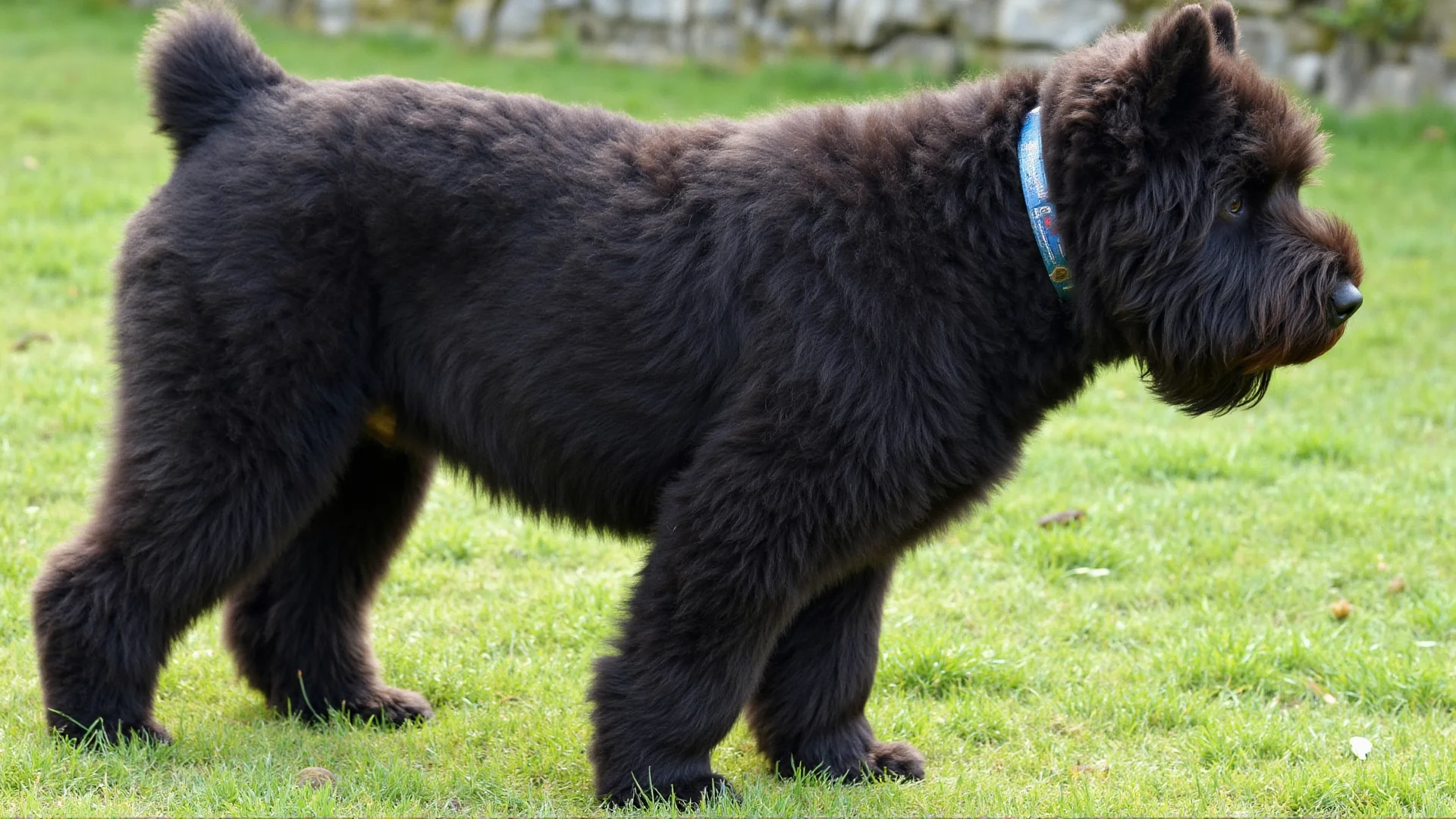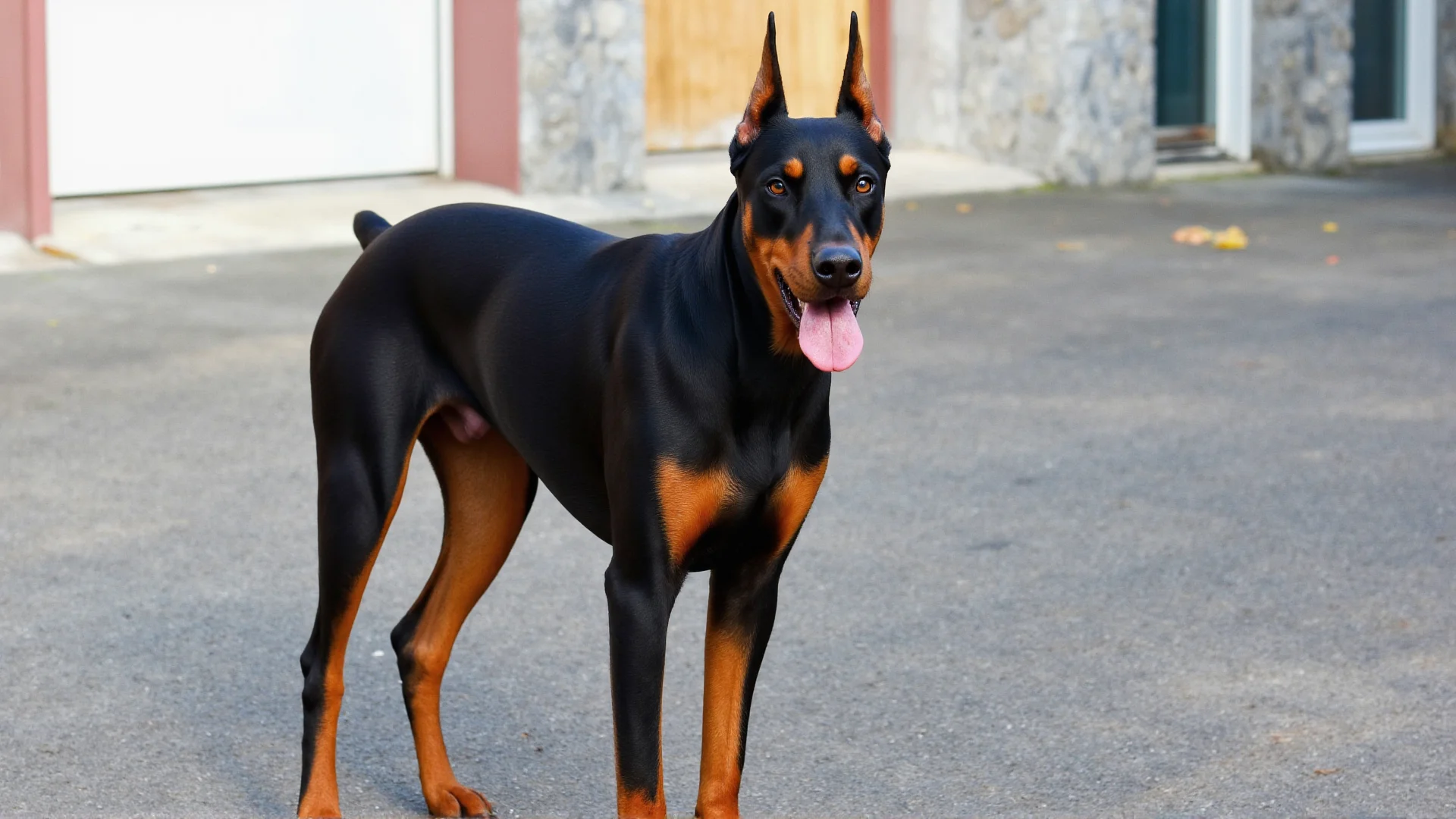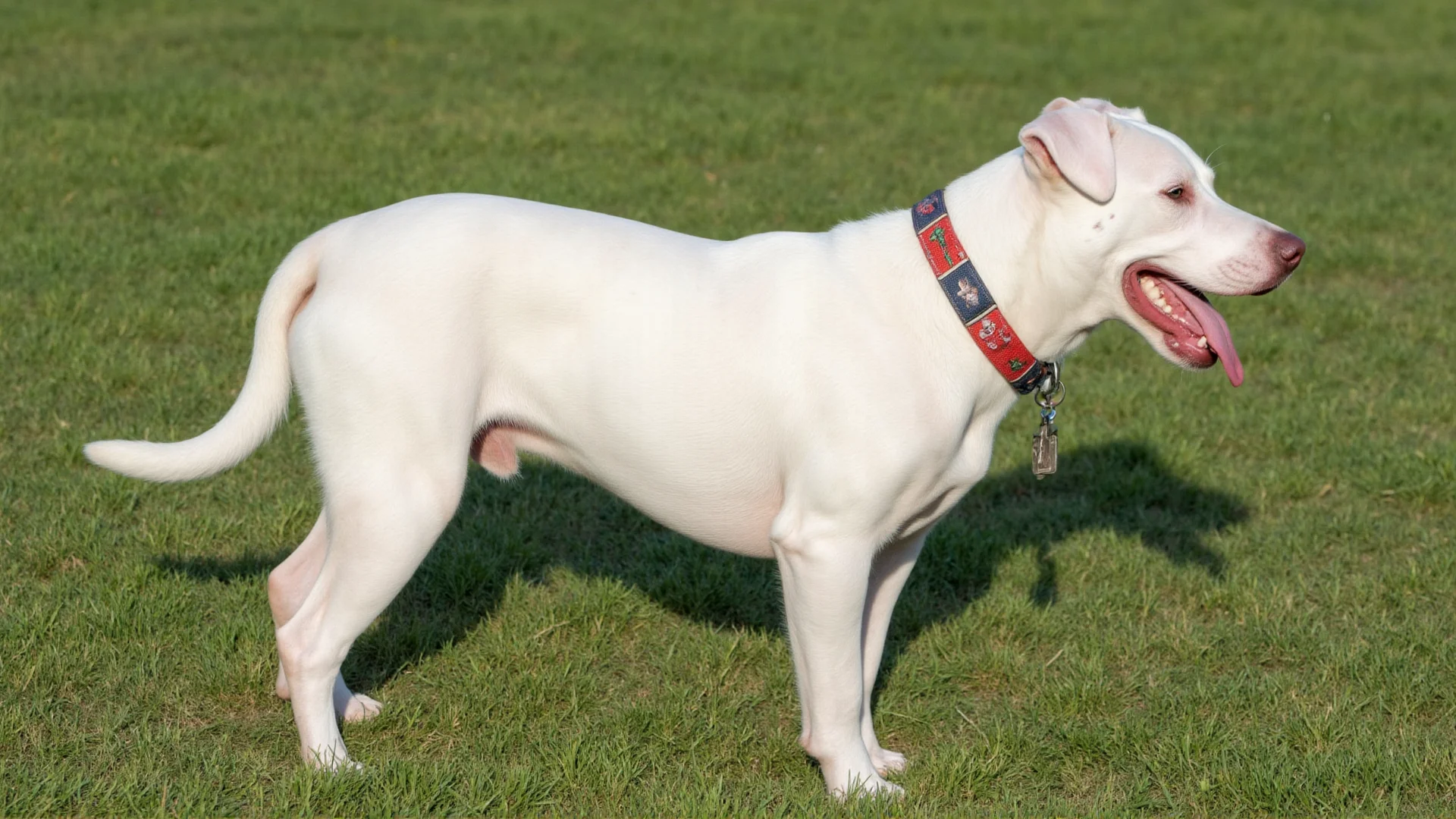Giant Schnauzer: The Ultimate Guide to This Magnificent Guard Dog Breed
When it comes to choosing a guard dog that combines intelligence, loyalty, and protective instincts, few breeds can match the impressive Giant Schnauzer. These majestic dogs have been protecting families and properties for generations, earning their reputation as one of the most capable guardian breeds in the world.
Understanding the Giant Schnauzer's Guardian Heritage
Originally developed in Bavaria and Württemberg regions of Germany during the 17th century, Giant Schnauzers were bred specifically for driving cattle and later adapted for guard duty. Their impressive size, ranging from 23.5 to 27.5 inches tall and weighing 55-85 pounds, combined with their natural protective instincts, made them invaluable working dogs.
The breed's transition from cattle driver to guard dog was seamless, thanks to their inherent traits: unwavering loyalty, high intelligence, and an instinctive desire to protect their territory and family. During both World Wars, Giant Schnauzers served as military dogs, further cementing their reputation as reliable protectors.
Natural Guard Dog Qualities
Protective Instincts
Giant Schnauzers possess an innate understanding of their role as guardians. They naturally assess situations and can distinguish between normal visitors and potential threats. This breed doesn't bark unnecessarily but will alert you immediately when something seems amiss.
Physical Presence
Their imposing stature alone serves as a significant deterrent to intruders. With their distinctive beard, eyebrows, and alert expression, Giant Schnauzers project an aura of authority that commands respect. Their powerful build and athletic capabilities mean they can back up their intimidating appearance if necessary.
Intelligence and Trainability
Ranking among the most intelligent dog breeds, Giant Schnauzers excel at learning complex commands and understanding nuanced situations. This intelligence is crucial for guard dogs, as they must be able to make split-second decisions about when to act and when to remain calm.
Training Your Giant Schnauzer for Protection Work
Early Socialization is Critical
Proper socialization from puppyhood is essential for developing a well-balanced guard dog. Expose your Giant Schnauzer to various people, situations, and environments while they're young. This helps them learn to differentiate between normal social interactions and genuine threats.
Basic Obedience Foundation
Before any protection training begins, your Giant Schnauzer must master basic obedience commands:
- Sit and Stay: Essential for control in tense situations
- Come: Critical for recall during protection scenarios
- Down: Helps establish calm, controlled behavior
- Leave it: Prevents inappropriate aggression
- Quiet: Stops barking on command
Professional Protection Training
While Giant Schnauzers have natural protective instincts, professional training is recommended to channel these abilities properly. A certified protection dog trainer can help develop:
- Controlled aggression on command
- Proper threat assessment
- Protection without excessive force
- Advanced obedience under stress
Daily Life with a Giant Schnauzer Guard Dog
Exercise Requirements
Giant Schnauzers are high-energy dogs that require substantial daily exercise. Plan for at least 90 minutes of physical activity daily, including:
- Long walks or jogs (45-60 minutes)
- Interactive play sessions (20-30 minutes)
- Mental stimulation activities (15-20 minutes)
Mental Stimulation Needs
Their intelligence demands regular mental challenges. Puzzle toys, training sessions, and job-like activities help prevent boredom and destructive behaviors. Consider activities like:
- Scent work and tracking exercises
- Advanced obedience training
- Agility courses
- Problem-solving games
Grooming and Maintenance
The Giant Schnauzer's double coat requires regular maintenance. Brush daily to prevent matting, and schedule professional grooming every 6-8 weeks. Their distinctive facial hair needs daily cleaning to maintain hygiene and appearance.
Family Life and Temperament Considerations
With Children
When properly socialized, Giant Schnauzers can be excellent family protectors. They're naturally gentle with children they know but may be reserved around unfamiliar kids. Always supervise interactions and teach children how to respect the dog's space and signals.
Multi-Pet Households
Giant Schnauzers can coexist with other pets when introduced properly and socialized early. However, their strong prey drive may make them unsuitable for homes with small pets like cats or rabbits unless raised together from puppyhood.
Living Space Requirements
These large, active dogs are best suited for homes with secure, fenced yards. While they can adapt to apartment living with sufficient exercise, they thrive when they have space to patrol and explore.
Health Considerations for Working Giant Schnauzers
Common Health Issues
Like all large breeds, Giant Schnauzers are susceptible to certain health conditions:
- Hip and Elbow Dysplasia: Joint malformation affecting mobility
- Bloat (GDV): Life-threatening stomach condition
- Heart Conditions: Including dilated cardiomyopathy
- Eye Problems: Progressive retinal atrophy and cataracts
Maintaining Peak Physical Condition
Guard dogs need to be in excellent physical condition. Regular veterinary check-ups, proper nutrition, and appropriate exercise help ensure your Giant Schnauzer can perform their protective duties effectively throughout their 10-12 year lifespan.
Legal and Ethical Responsibilities
Liability Considerations
Owning a trained protection dog comes with significant legal responsibilities. Research local laws regarding protection dogs, ensure adequate insurance coverage, and always maintain control over your dog in public spaces.
Ethical Training Practices
Choose trainers who use humane, positive-based methods. Avoid any training that relies on fear, intimidation, or excessive force. A well-trained protection dog should be confident and controlled, not fearful or aggressive.
Choosing the Right Giant Schnauzer for Protection Work
Selecting a Puppy
When choosing a Giant Schnauzer puppy for protection work, look for:
- Confident, outgoing temperament
- Strong drive and focus
- Good health clearances from parents
- Proper socialization from the breeder
Adult Dog Considerations
Adult Giant Schnauzers can also make excellent guard dogs, especially those with some training foundation. Assess their temperament, health status, and previous training before making a decision.
